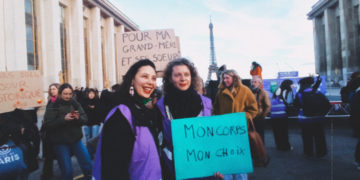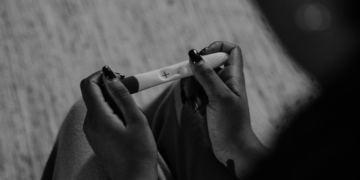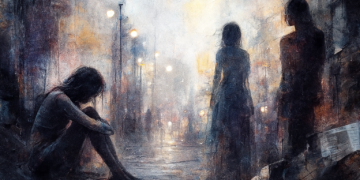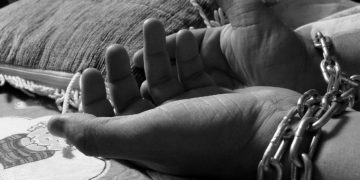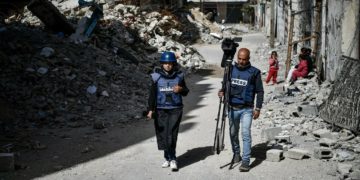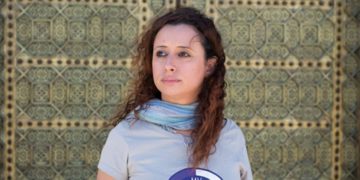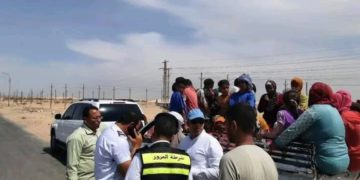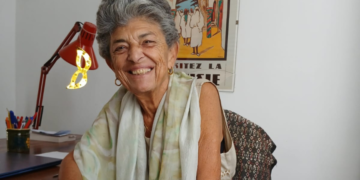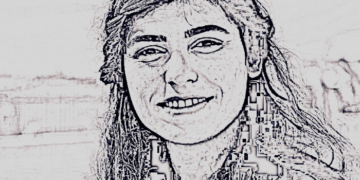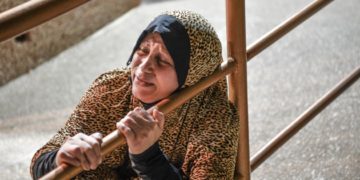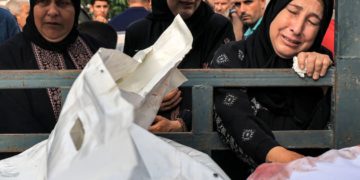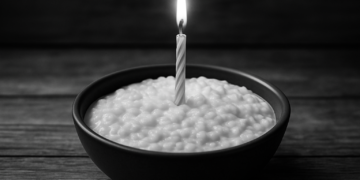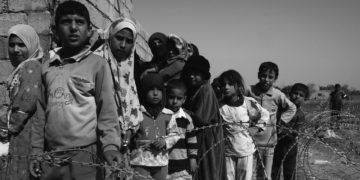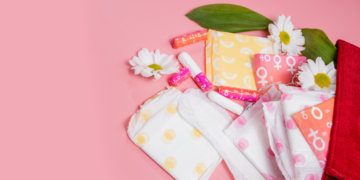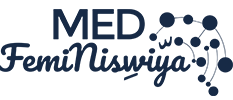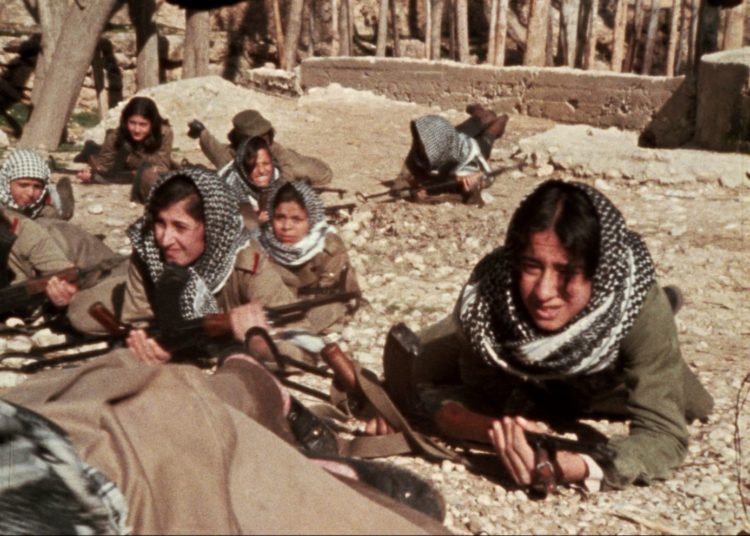This post is also available in: Français (French) العربية (Arabic)
The Algerian press is going through one of its worst phases since the so-called democratic transition of 1990. Though the number of newspapers suddenly increased during that period, mostly started by journalists associated with government-controlled media, hardly any remain today. But it was through this proliferation of political parties, associations, unions, feminist associations, and the like that Algerians were able to develop the taste for freedom of expression. Even the public media, including television, was easing up, journalists getting organized and young graduates rushing to join in on the fun. But this enchanting interlude was just that—an interlude.
The rise of Islamism and then Islamist terrorism swept the country, muzzling free expression through terror. Dozens of journalists, intellectuals, and artists were murdered, and being a journalist became a daily challenge against death. For ten years, the country was in a state of war—reports, investigations, even interviews were completely forgotten about. Headlines turned into death counts. The press would not return to its pre-terrorism dynamism. Exile and death have emptied newsrooms, and the government’s grip on the influx of finances has emptied the coffers of the independent media.

Paradoxically, the Black Decade was also the period when young women were joining editorial staff in large numbers. Ghada Hamrouche, now editor-in-chief of the online media platform 24 H Algérie, of which she is also a founding member, was one of these women:
“When I first started doing this job, we were still in the terrorism years. And the danger wasn’t exactly in being a woman journalist—it was in being a journalist, period. This profession was, in the conditions of that time, perceived as a man’s job and was not recommended for women. So society was less inclined to accept a woman being present at the scene of a massacre or a sweep operation. But in newsrooms, things are different. I think that in journalism like all other professions, we had to prove that we could be just as discerning as our male colleagues. I was lucky, though, and didn’t have to deal with any macho, sexist, or inappropriate behavior from colleagues. Quite the contrary. Everyone was encouraging and helped me out when I was first starting. But on a more personal level, there was a real challenge to be met: how to reconcile work with private life. You had to constantly be coming up with new ways to find balance between a time-consuming job and the demands of a patriarchal society.”
“I think that in journalism like all other professions, we had to prove that we could be just as discerning as our male colleagues”
Like Ghada, young women have gradually gained more and more access to newsrooms, but this access has only increased their numbers in these spaces, not their decision-making power. According to a 2017 study by the Ministry of Communication in partnership with UN Women, women journalists represent 52% of the public audiovisual workforce, compared to 38% in the private sector.
This underrepresentation of women extends to content production. Across these media platforms, only 160 news articles and programs address topics having to do with women’s issues, against 5,590 related to men, as per the results of this survey.
Women occupy 40% of positions in the written press and 38% in the online press. In 2015, another study conducted by the Algerian League for the Defense of Human Rights (LADDH) in collaboration with Mena Media Monitoring (MMM) also reveals the low ratio of women journalists intervening in so-called serious subjects such as politics and the economy. Less than half, 42.61% of reports are produced by women, though 55.7% are sent to the field. Women presenters (53%) are, as one might suspect, more numerous than their male counterparts.
Women journalists represent 52% of the public audiovisual workforce, compared to 38% in the private sector
And though women are relegated to tackling the “light” topics, they exclusively possess inherent knowledge about violence against women, and about women’s issues in general. In the study by the Ministry of Communication, it is revealed that very few topics related to women’s issues and themes are covered, even on International Women’s Day, or on the International Day for the Elimination of Violence against Women (25 November).
In French-language newspapers, articles addressing women’s rights recorded a slight increase during these dates, with 14% against 12% the rest of the year. In the Arabic-language press, these numbers are 17% and 14%, respectively. In public broadcasting, the visibility of women journalists, be they guests or subjects, marks a small increase with an average of 35%, while in private channels this number stagnates between 29% and 16%.
More recently, a 2022 European Council survey on the MENA region (Karim Bouzouita, La violence envers les femmes dans les médias de la région MENA) reveals that women journalists are still the main producers of content around violence against women, as they are perceived to be “more competent” or “able” to address this matter. But this stereotypical observation contributes to the scarcity of these violent topics in Algerian media, which continues to believe that “women’s” themes only concern women and are not a social subject in their own right.
